Big cats, encompassing some of the most extraordinary predators on Earth, have intrigued scientists and nature enthusiasts alike due to their powerful hunting abilities and majestic presence. The evolutionary journey of these apex predators showcases an intricate tapestry of adaptations that enable them to dominate their ecosystems. This article delves into the evolutionary path that led to the development of their exceptional hunting skills.
The Ancestral Roots of Big Cats

The modern big cats, including lions, tigers, leopards, cheetahs, and jaguars, trace their lineage back to a common ancestor that roamed the Earth millions of years ago. Understanding this ancestral background provides insights into the evolutionary pressures that sculpted their hunting prowess.
Evolutionary Adaptations: Speed and Stealth
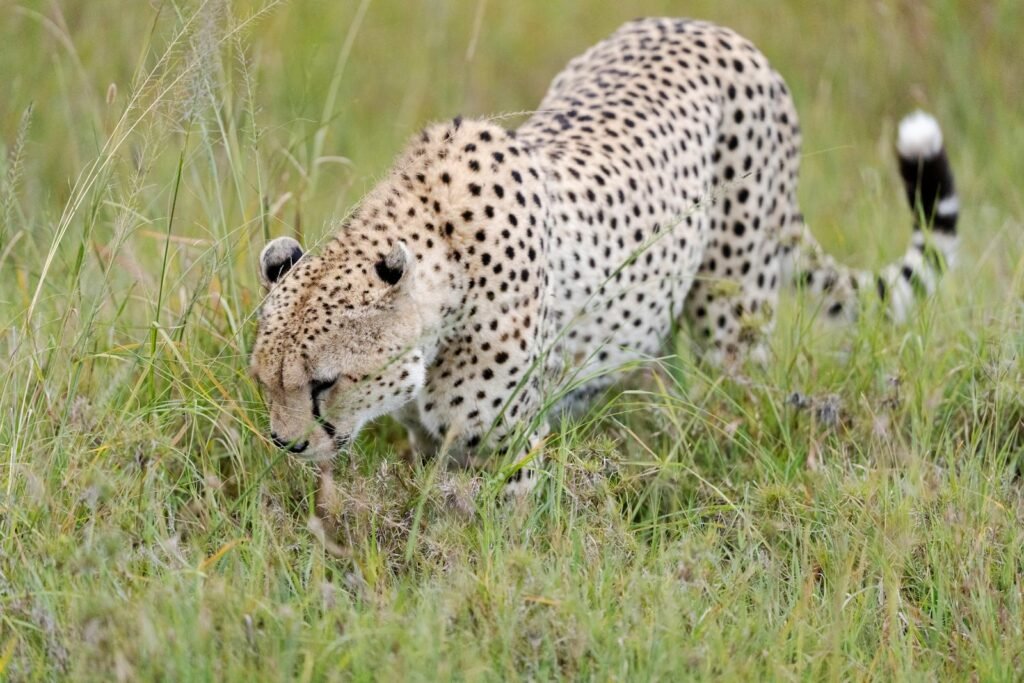
One of the defining characteristics of big cats is their ability to move with unparalleled speed and stealth. Over millions of years, these predators have developed streamlined bodies, powerful muscles, and retractable claws, allowing them to remain silent and decisive during a hunt. Cheetahs, for instance, have evolved as the fastest land animals, capable of reaching speeds up to 60 mph in short bursts.
Keen Senses: The Ultimate Edge
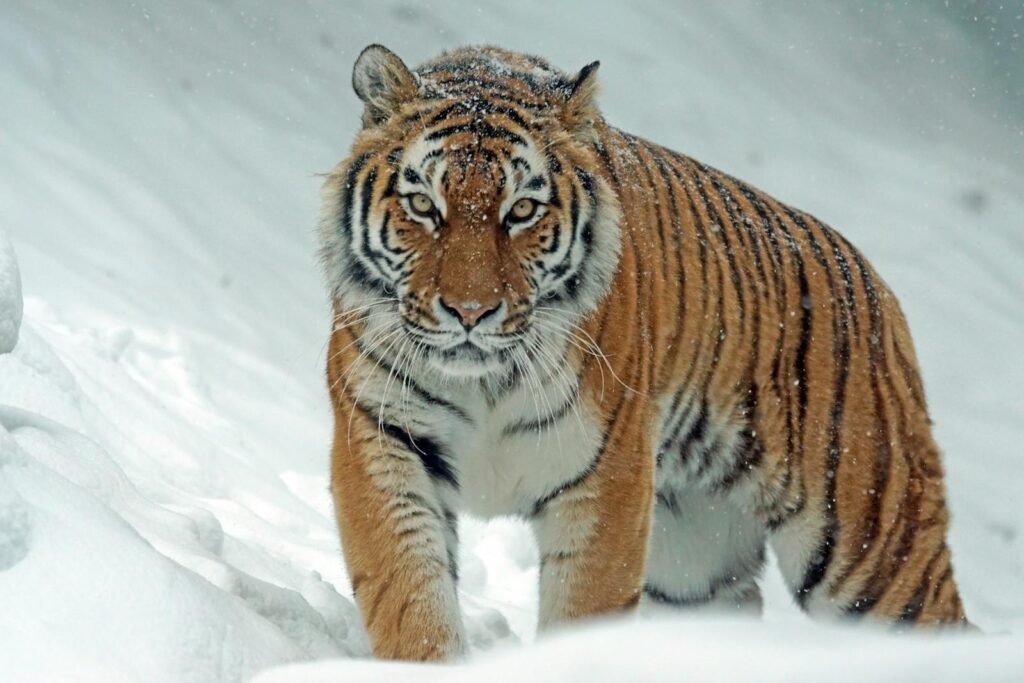
Big cats are equipped with highly specialized senses that give them an edge over their prey. Their keen eyesight, especially adept in low-light conditions, enables them to track and ambush prey with precision. Similarly, their acute hearing and sense of smell allow them to detect subtle signs of prey even from a distance.
The Role of Camouflage and Coat Patterns
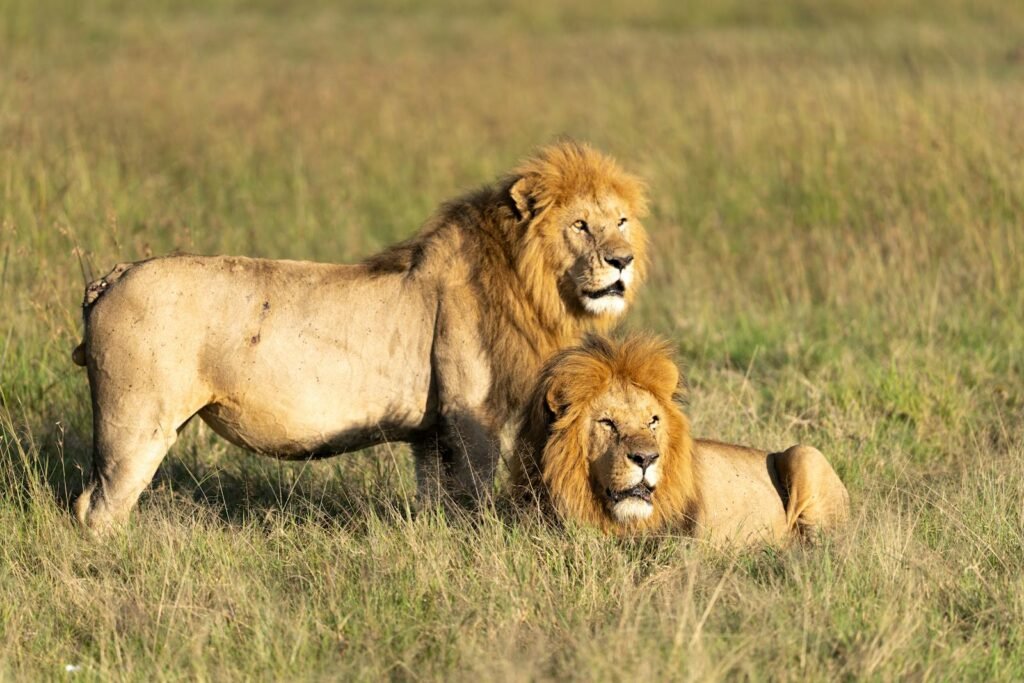
Evolution has also fine-tuned the coat patterns of big cats to provide essential camouflage in various environments. Leopards and jaguars sport rosettes that help them blend into the forested habitats, while the striped coat of a tiger offers stealthy camouflage in dense woods and tall grasses, crucial for stalking prey.
Strategies and Social Structures
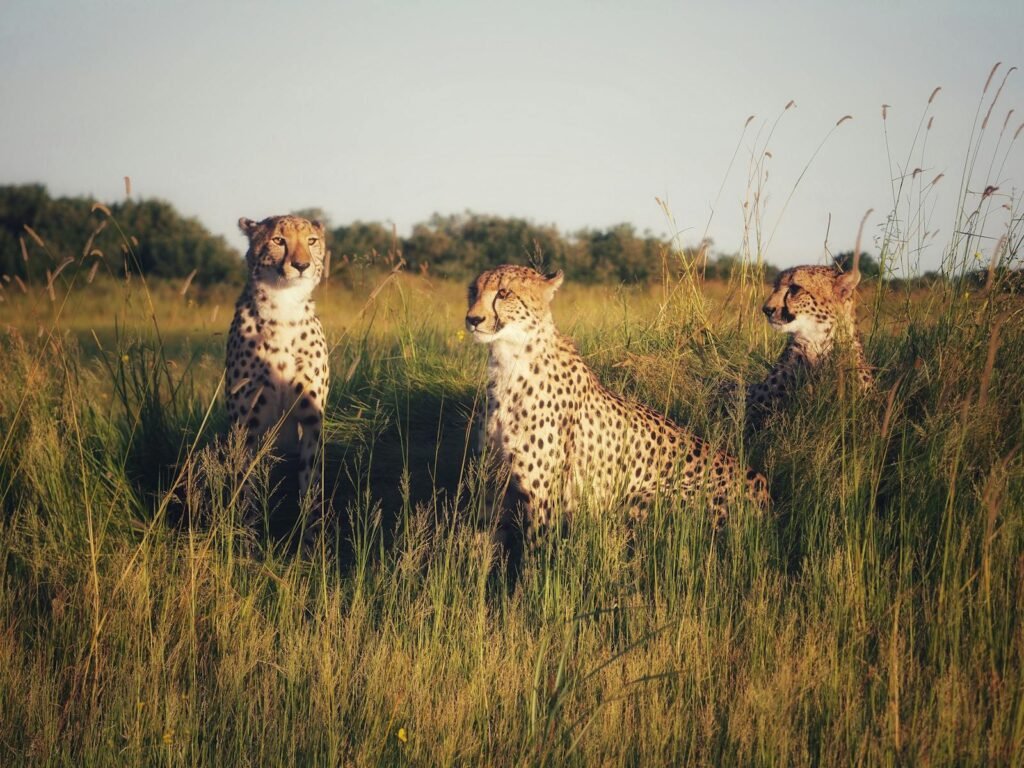
Big cats exhibit varied hunting strategies that cater to their environment and prey. Lions, for example, employ social structures to their advantage, hunting in prides to ambush and tackle larger prey. Solitary hunters like tigers and leopards rely on stealth and patience, often preferring solitary hunts to minimize competition.
Adaptations in Dentition and Jaw Strength
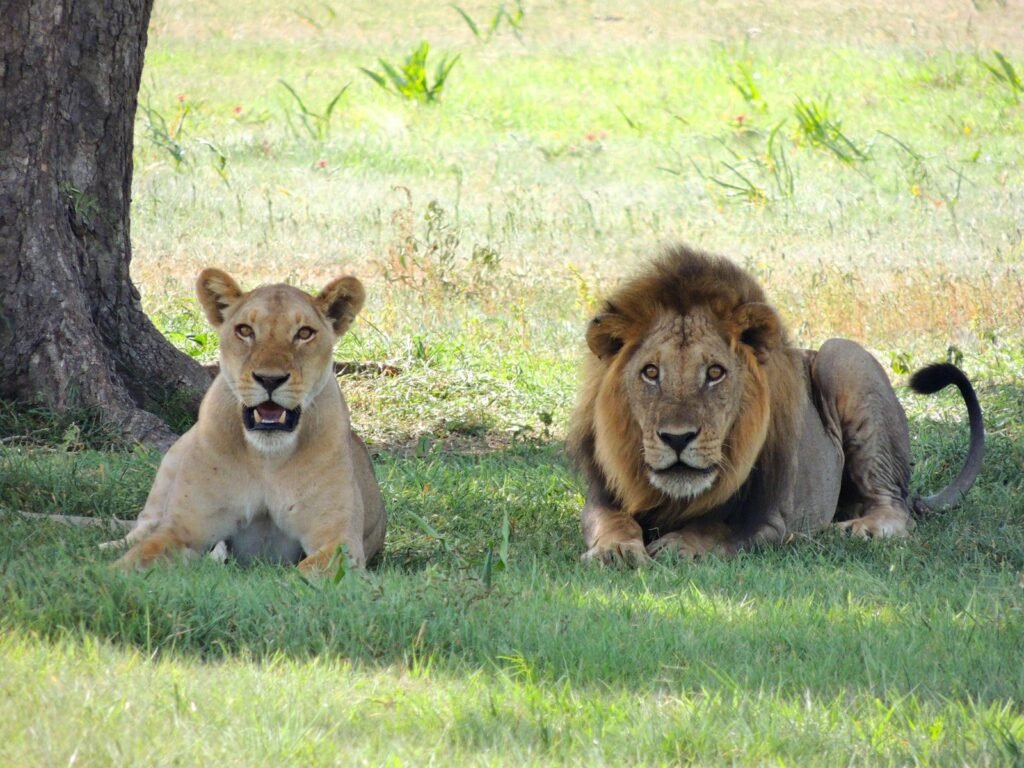
The dentition and jaw structure of big cats have evolved to maximize their killing efficiency. Equipped with sharp canines and carnassial teeth, these predators can efficiently puncture, grip, and shear the flesh of their prey. The strong jaws of a lion or tiger allow them to deliver a lethal bite, often to the neck of their target.
Muscle Power and Body Structure
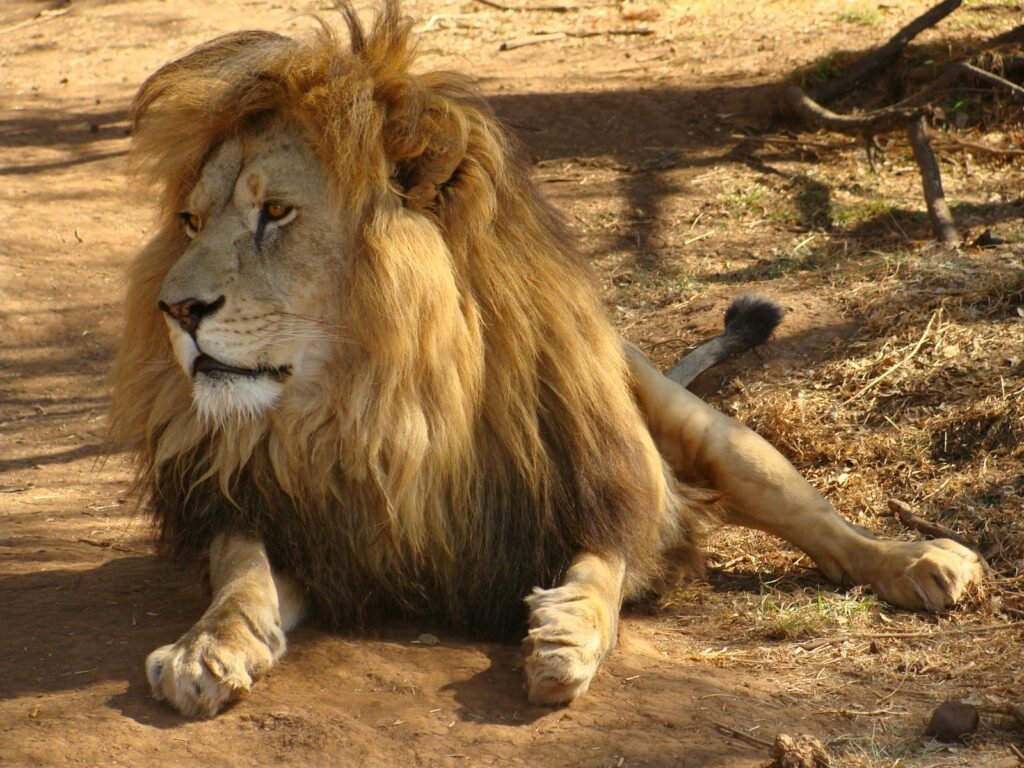
Big cats boast a well-developed muscular system tailored for strength and agility. Their muscular hind limbs are adapted for explosive power, allowing them to leap and pounce with precision. This, combined with a flexible spine, enhances their ability to chase and capture agile prey in varied terrains.
Psychological and Behavioral Traits
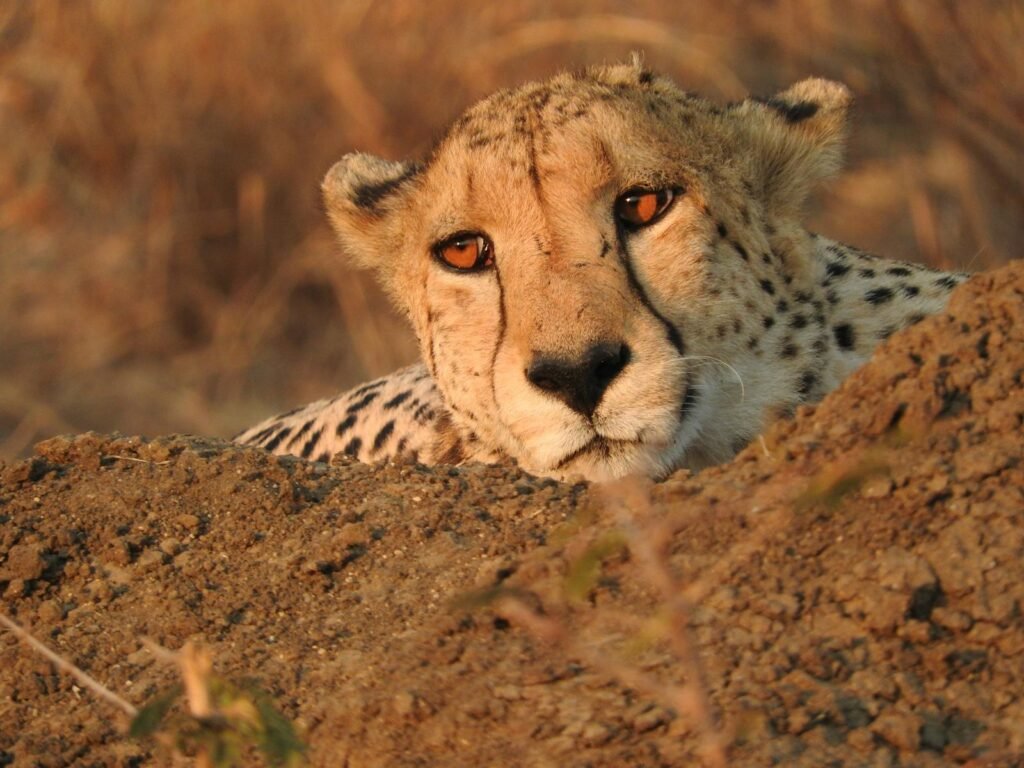
The evolution of big cats also encompasses behavioral adaptations essential for hunting. They exhibit intelligence and strategic thinking in planning and executing hunts. Their ability to interpret and respond to environmental cues allows them to adapt to changing conditions and prey behaviors effectively.
Human Interaction and the Future of Big Cats
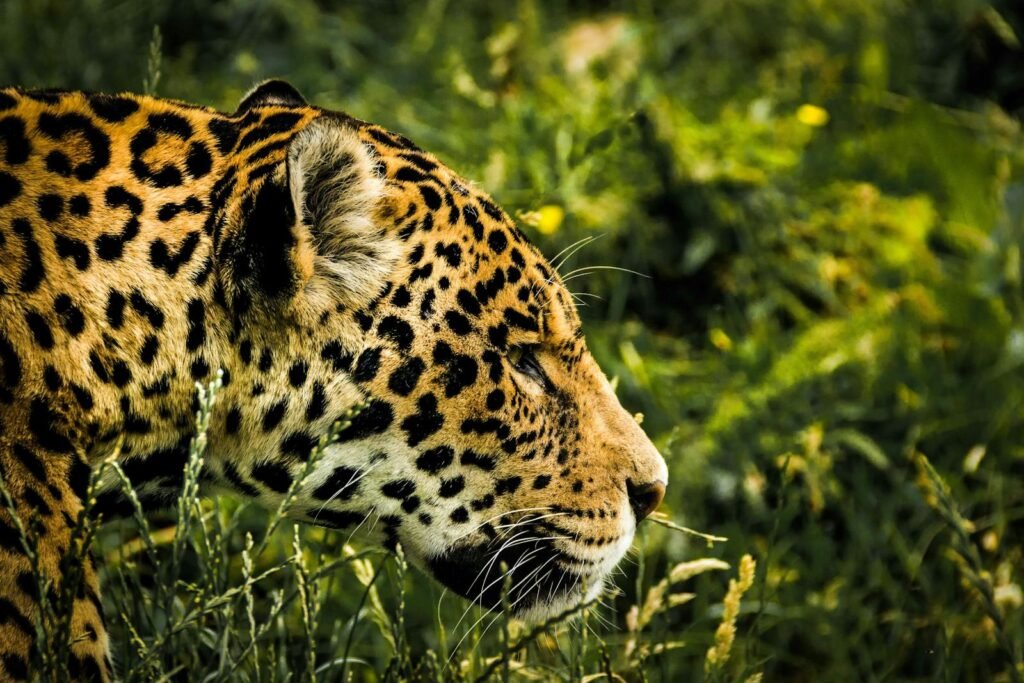
Despite their evolutionary success, big cats face challenges from human encroachment and habitat loss. Conservation efforts are critical to ensuring that these majestic animals continue to roam the Earth and further evolve their hunting capabilities in response to new ecological pressures.
Conclusion: A Testament to Nature’s Engineering
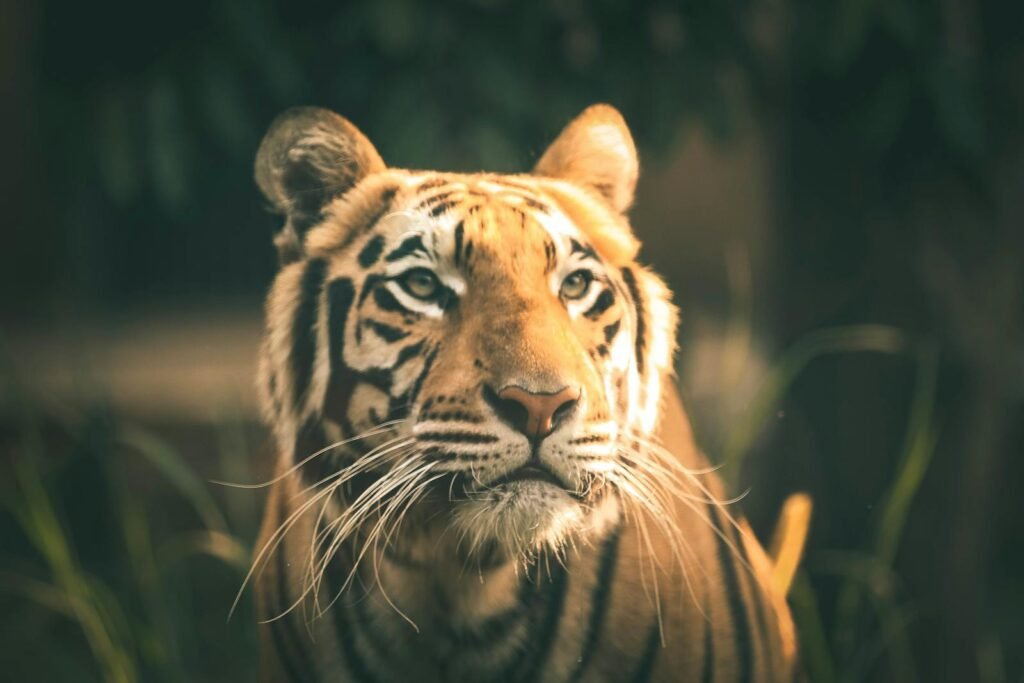
The evolutionary journey of big cats exemplifies the complexity and ingenuity of natural selection in shaping apex predators. From their ancestral roots to modern-day adaptations, these powerful hunters serve as a testament to the intricate interplay between biology and environment. Understanding their evolution offers deeper insights into the natural world and the delicate balance within ecosystems.





